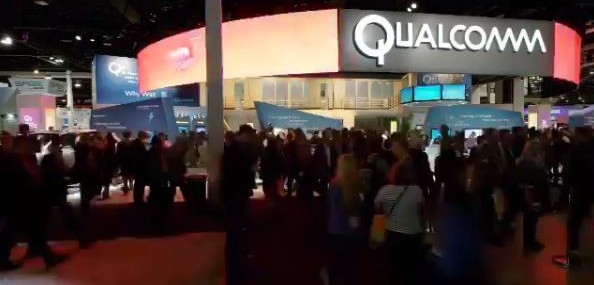IoT devices will overtake mobile by 2018 with Europe leading the way – Ericsson
By Scott Bicheno Telecoms.com
The latest Ericsson Mobility Report forecasts such rapid growth in the number of global IoT devices that they will overtake mobile phones as the largest category of connected device by 2018. Ericsson reckons Western Europe will be the biggest growth driver for IoT devices, forecasting a 5x increase by 2021. This won’t necessarily be the result of a greater appetite for IoT by European consumers, however, with Ericsson saying directives such as eCall for cars and smart meters compelling the continent to increase its number of connected devices. “IoT is now accelerating as device costs fall and innovative applications emerge,” said Rima Qureshi, Chief Strategy Officer at Ericsson. “From 2020, commercial deployment of 5G networks will provide additional capabilities that are critical for IoT, such as network slicing and the capacity to connect exponentially more devices than is possible today.” While the majority of IoT devices will be connected via non-cellular means (presumably wired or wifi), cellular IoT devices are forecasts to be the fastest growing category. Ericsson reckons a major reason for that growth will be 3GPP standardization of cellular IoT technologies, by which it’s presumably referring to NB-IoT. Other notable findings from the latest report include the fact that global smartphone subscriptions are expected to overtake those of basic phones in Q3 of this year and that the use of cellular data for smartphone video has doubled among teens in the past year, in contrast to a significant fall in the amount of time they spend watching traditional TV. Additionally the first devices supporting 1 Gbps LTE download speeds are expected later this year. Lastly Ericsson used the report to bring attention to the need to harmonise 5G spectrum in the frequencies above those currently licensed for mobile but below the 24 GHz+ range that was addressed at WRC-15, including better accommodation for microwave backhaul. It said the 3.1-4.2 GHz range is considered essential for early deployments of 5G and offered the chart below to illustrate how un-harmonised the global microwave backhaul picture currently is.
Read more »



